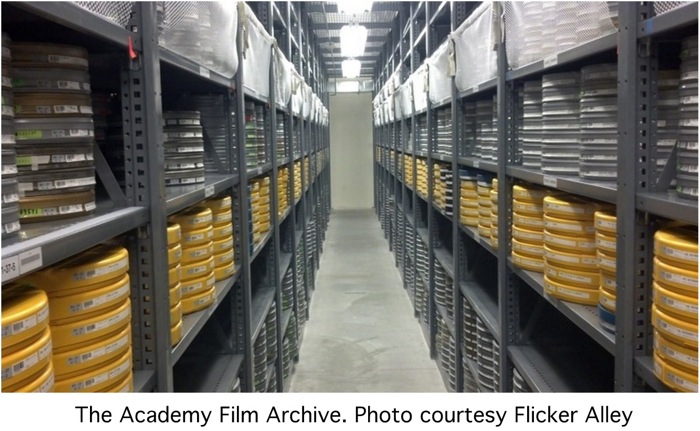Early on in my career as a film exhibitor, I fielded a straightforward and slightly irate question from an audience member. The night before, my college had screened a rare Maurice Tourneur film in a soft, middling 16mm print, which we had advertised, correctly, as an ‘archival print.’ Shouldn’t an archival print look better than that, he wondered? Shouldn’t it look, if not wonderful, at least good?
The answer I fear I gave this man, tautological but also correct, was that an archival print simply meant a print obtained from an archive.
Archival prints are special, but if programmers hope to train audiences to salivate at the mere words, they have another thing coming. The fact that a print can be described as archival doesn’t necessarily translate into a more luminous or detailed image, a scratch-free print, or, for that matter, a better movie. In truth, the real distinction comes down to the fact that the programmer probably had to negotiate for the right to screen the print, document the venue’s film handling workflow, attest to a sterling record with borrowing similar artifacts for peer institutions, and sign an intimidating loan agreement. This compared to the relatively simple process of booking a film from a studio or an indie distributor, which can often be accomplished with a simple phone call. It’s an inside-baseball commendation, a process-oriented triumph whispered about by fellow connoisseurs.

